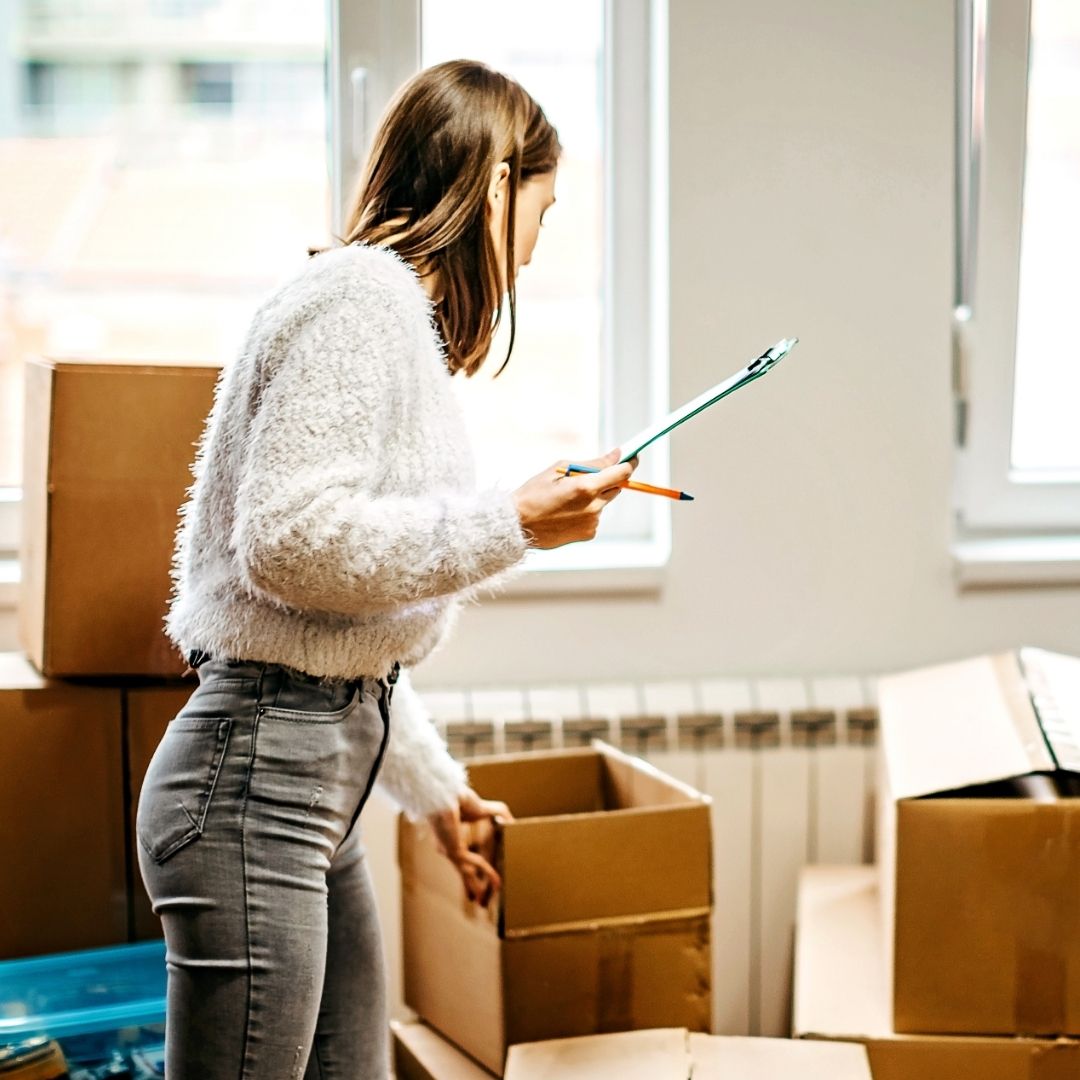

Tips for a successful inventory before moving into a property
You’ve found the property of your dreams and want to embark on a new chapter in your life. And now it’s time for the initial inventory, a stage whose importance is often glossed over, even though it’s vital. Making sure the initial inventory is accurate and detailed is vital for you to be able to move in in complete confidence.
That’s why we have pulled together several practical tips, including pitfalls to avoid and key points to check, so your initial inventory goes as well as possible.
What exactly does the initial inventory contain?
The outcome of the initial inventory needs to be transparent and accurate so you can avoid any disputes when the lease ends. It should include the following information :
- Address of the property for rent;
- Water and electricity meter readings;
- Description of all the apartments: condition of the walls, ceilings and floors, etc.
- Name of the tenant and landlord and their signature;
- Name of the agent responsible for assessing the condition of the apartment;
- Date on which the property’s initial inventory was carried out.
Any faults in the property must be stated, including holes, marks and stains, and damage. Note that you only have 10 days to report in writing to the landlord any faults and defects that you did not point out during the initial inventory.
Advice on how to carry out a successful inventory
To help you carry out your initial inventory effectively, here’s a checklist of points you should not ignore :
1. Carry out your inventory during the daytime
For a successful inventory, it’s a good idea to carry it out during daytime. The natural light will help you spot more easily any potential defects and faults in the property and to record them accurately.
2. Test the doors and windows
Don’t forget to try out the doors, windows, blinds and shutters. If you find an insulation issue, scratches or issues with opening or closing door or windows, you are perfectly entitled to report them.
3. Check water outlets
It’s vital to check out all the bathroom and kitchen fittings, pipework and ventilation systems as soon as you move into the property. If you spot any risks of leaks or other defects early on, make sure you note them down.
4. Check the electrical devices
To avoid any surprises, make sure that electrical devices such as radiators, the refrigerator and air conditioning work properly.
5. Check the floors, walls and ceilings
The condition of the walls, ceilings and paint deserves close attention. Make sure you check the condition of the floor, tiles and carpet.
6. Test out the plug sockets
We recommend you check all the electric sockets. Don’t forget to take your phone charger so you can carry out the tests.
7. Read the meters
You are entitled to read the electricity, water and gas meters. Taking a photo of the meters provides even greater traceability. It’s important to note that your electricity consumption begins only on the day you get the keys.
8. Take photos of the property
It’s important to carry out a detailed inventory to prevent any disagreement between the landlord and tenant when the lease ends. So we recommend taking photos of each area of the property you are renting. If need be, these can be used as evidence in the future.
Before moving into your new property, don’t forget to inform your guarantor service of your new address. Doing so helps to prevent certain important correspondence from going missing or from getting delivered to an old address. It also ensures your bills and other correspondence reach the right address, averting any late payments or administrative hiccups.
Discover also



